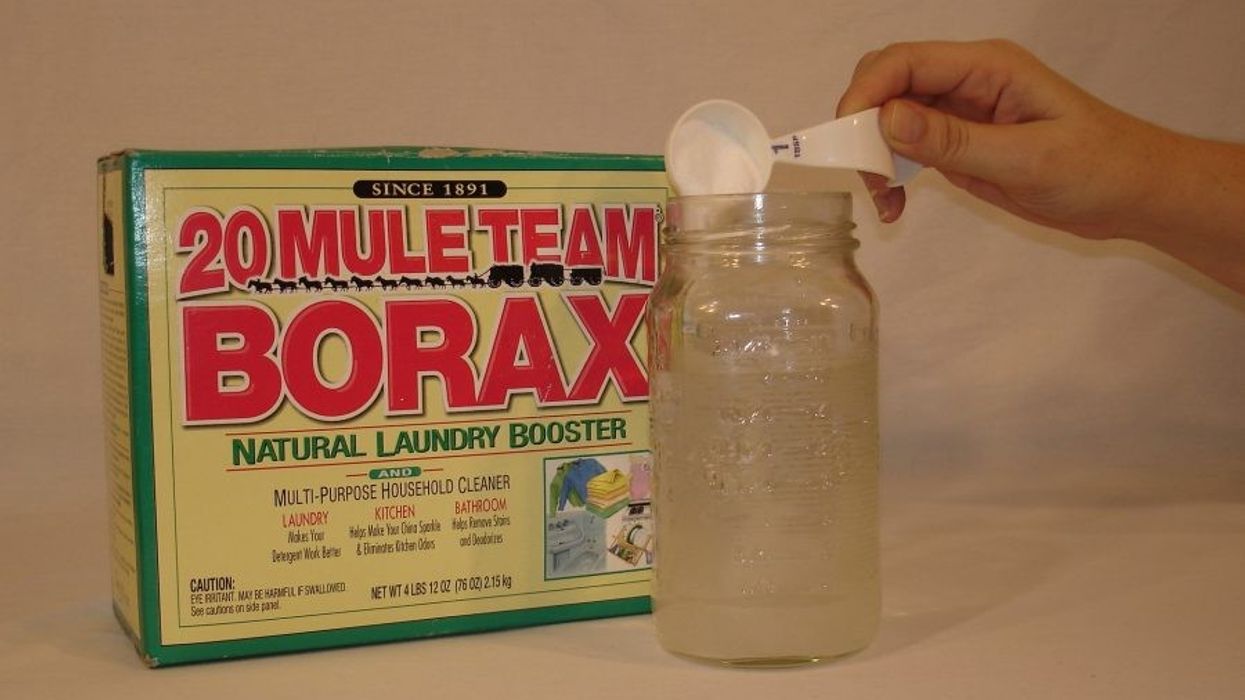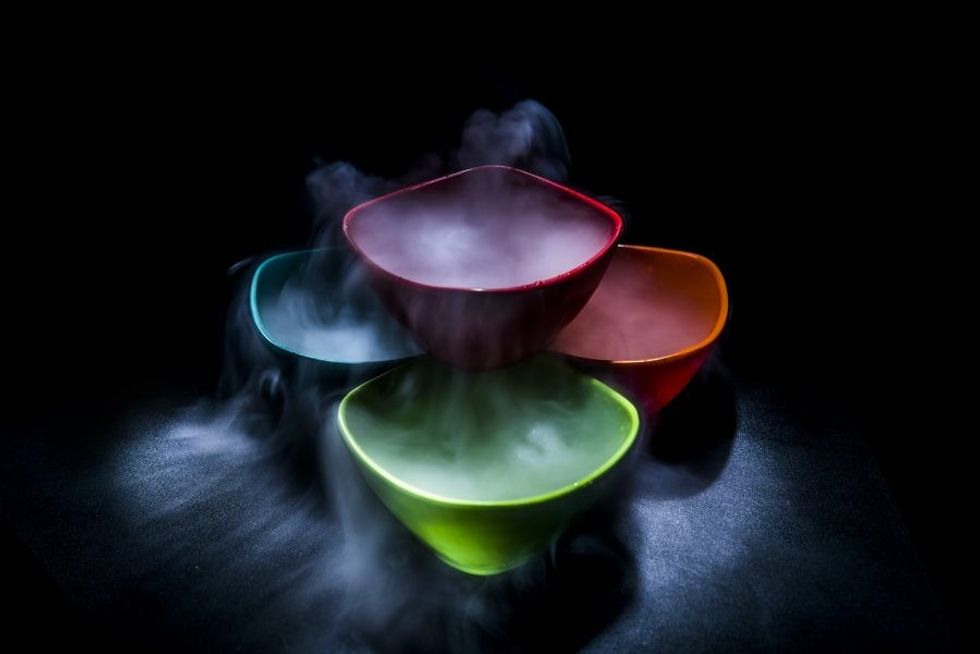
There hasn’t been too much snow, but the relentless jingle of sleigh bells grows louder every day. With the latest animatronic antlers and singing Santas on store shelves and lights brightening up neighbourhoods, the holiday season has now hit us square in the face like a well-aimed snowball.
This is also the time of year when many folks are in wall-to-wall holiday party mode. It doesn’t take much to add a festive touch to even the smallest space, but those planning a party for their one-bedroom may be having a hard time figuring out a “wow” factor.
If you have a lawn, a life-size replica of Whoville could be your ticket to stardom on your friends’ social media feeds. But it might be easier than you realize to set up an Instagram-worthy photo op in 300 square feet of space. The trick to making your event the talk of the town is to use a little science.
Here is a list of fun party activities that also add a dash of decorating pizazz to your place — with supplies you can get at the home improvement store.
Sleigh Bell Slime
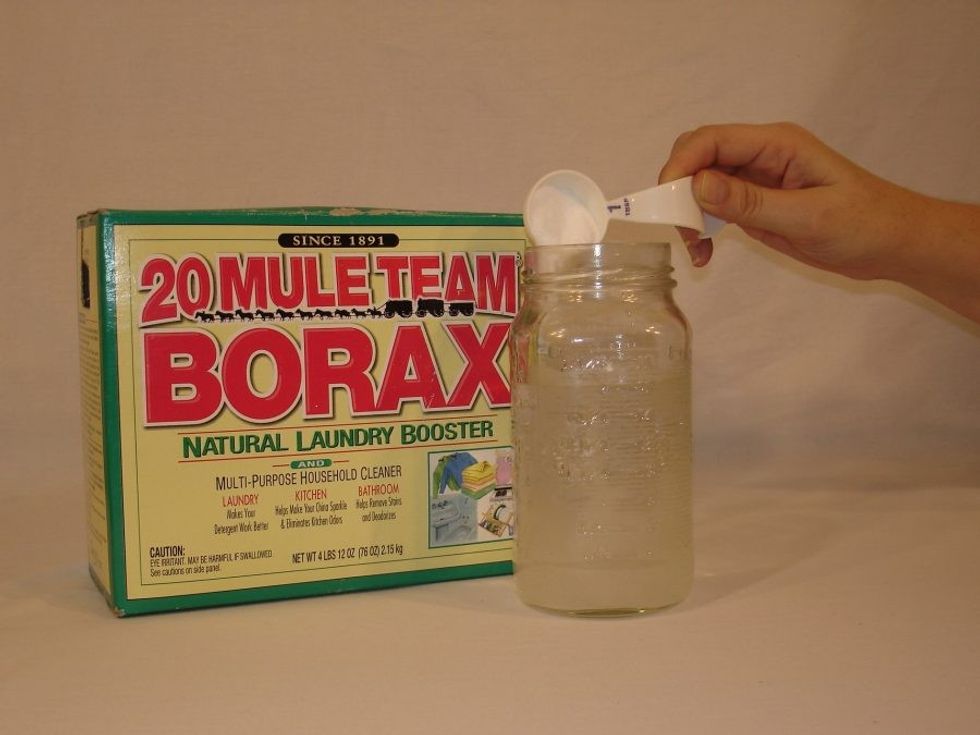
If the average elementary school teacher’s Pinterest feed is any indication, slime is having a moment. There are dozens of recipes online for everything from “fluffy slime” to “gooey gak.” One of the simplest involves just four ingredients, and consistently creates great results. All you need is white school glue, water, food colouring and borax.
Mix 1 fluid ounce of glue with 1/4 cup of water in a container. If you want to add some holiday theming, add some red or green food colouring to the mix. Then add in 1/4 cup of sodium tetraborate (aka Borax, you can find it with laundry or cleaning products) and stir things up. When it becomes too hard to stir, knead it with your hands until it’s a slimy consistency. Now enjoy the ooze!
While you’re mixing up the goo, you can explain to your guests that glue has long flexible molecules called polymers that slip and slide past each other as a liquid. Adding the borax causes borate ions to form. These ions help link the polymer molecules together so they can’t flow as easily. Hook enough together and you get rubbery slime.
Have guests experiment with adding glitter for a little sparkle, or pop some in a plastic bag with a plastic toy or ornament for a fun little present.
Borax can be handled safely, but shouldn’t be consumed. Make sure any young children or pets who might think slime is a tasty treat get something else in their loot bag.
Chemical Crystal Ornaments
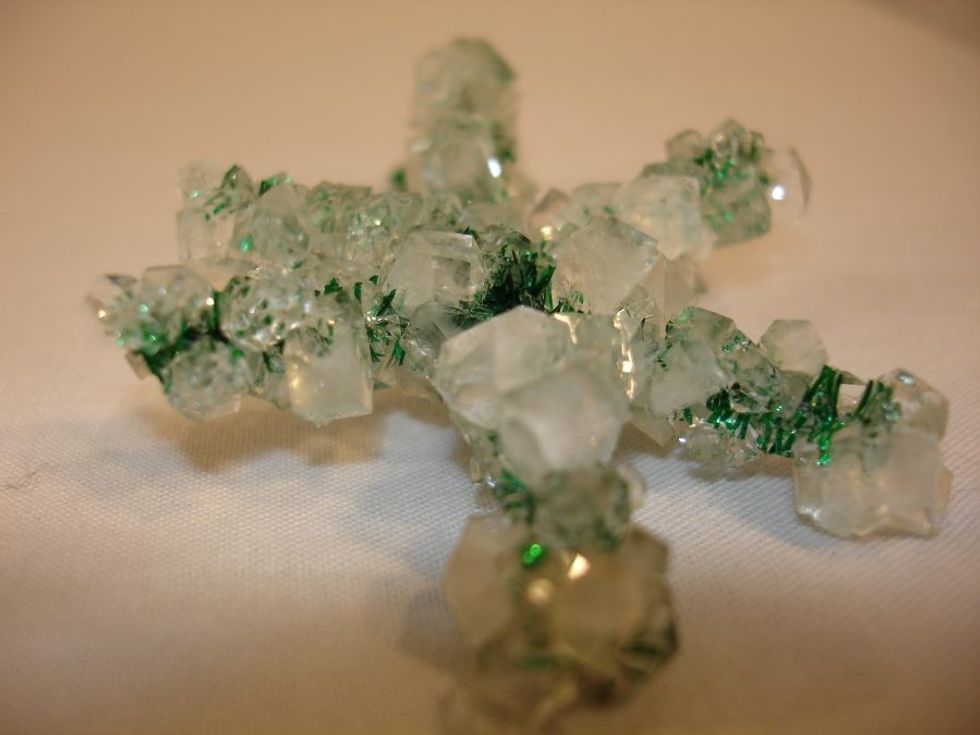
If you’re trying to get a little pre-party tidying done, that borax could be your little helper around the house. A naturally occurring mineral, borax is a versatile cleaning product. But don’t put the box away once you’re done in the bathroom. Make that mineral do double-duty and use it to craft your own crystal ornaments.
A crystal is made out of an organized group of atoms or molecules. In a crystal structure, the molecules bond together in a regular pattern, kind of like a fancy tile floor. You can use a borax-based solution to grow some made-to-order crystals.
Start by crafting a fun holiday shape out of pipe cleaner. Take a piece of string and tie one end to the pipe cleaner, and the other end to the middle of a pencil. Now suspend the shape inside a glass jar. Fill the glass jar with enough water to completely cover the pipe cleaner. Add three tablespoons of borax for each cup of water you added to the jar and stir to dissolve.
Leave the jar overnight. By morning large crystals will have “grown” on the pipe cleaner and you’ll have a one-of-a-kind ornament.
Frozen Bubbles
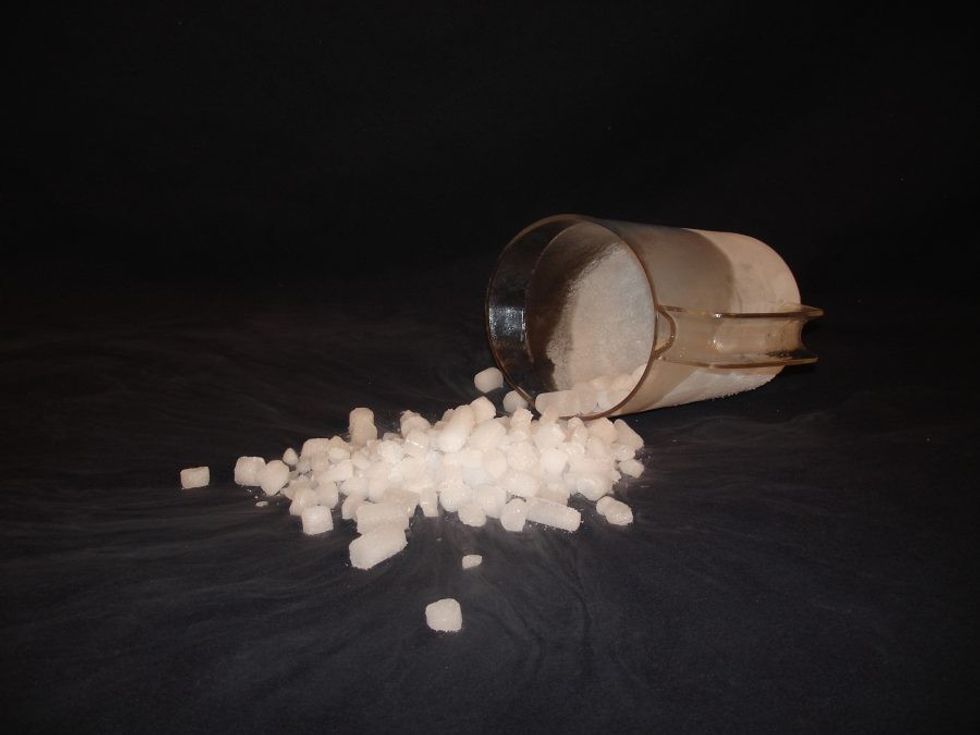
You may have to do a little hunting, but there should be someone in your area who carries dry ice. Dry ice is frozen carbon dioxide. The gas in the air is put under pressure and chilled to -78.5 degrees Celsius where it forms a solid.
The dry ice cool factor is that as soon as it starts to warm up, it sublimates. It goes straight from being a solid to a gas, with no liquid state in between. And this is where the fun begins.
Drop a piece of dry ice into a glass of warm water and you’ve got a cauldron of carbon dioxide bubbles. And since that ice is so chill, it also condenses the water vapour in the air into fine layer of fog.
For a little extra frozen fun, pour some water into a stainless steel bowl and add a few pellets of dry ice. Next, mix some dish soap into a glass of hot water (the closer to boiling the better). Quickly pour the soapy water into the bowl and watch as the rapid release of CO2 gas causes an explosion of soap bubbles. The difference in temperature means some of the bubbles may be filled with fog and, if things were cold enough, some might even freeze.
But as the frozen bubbles clearly demonstrate, dry ice is cold. Only handle it using thick ski gloves, wear safety goggles, and be sure to keep it away from children and pets. This is not the kind of ice you want in your drinking glass.
